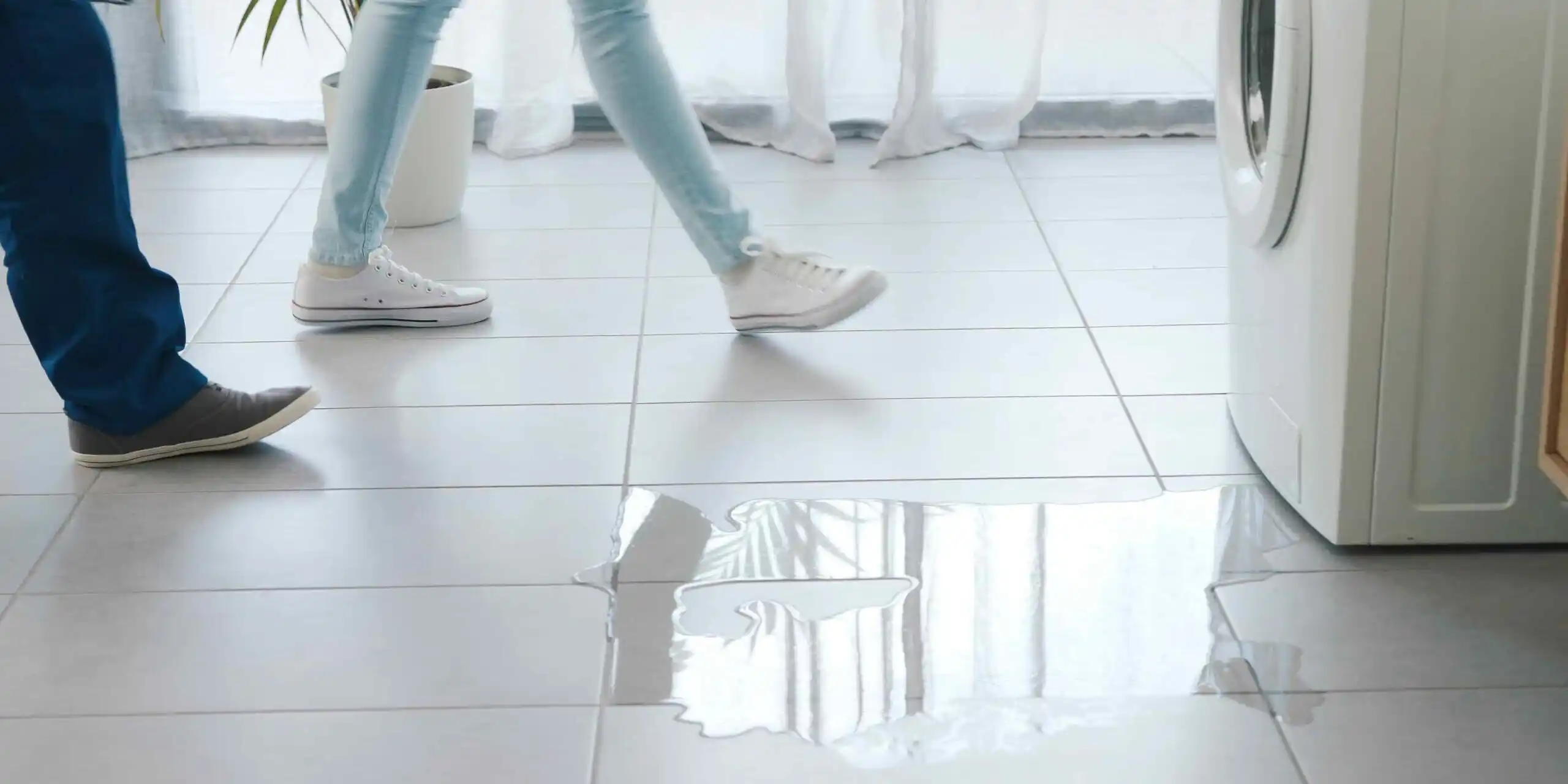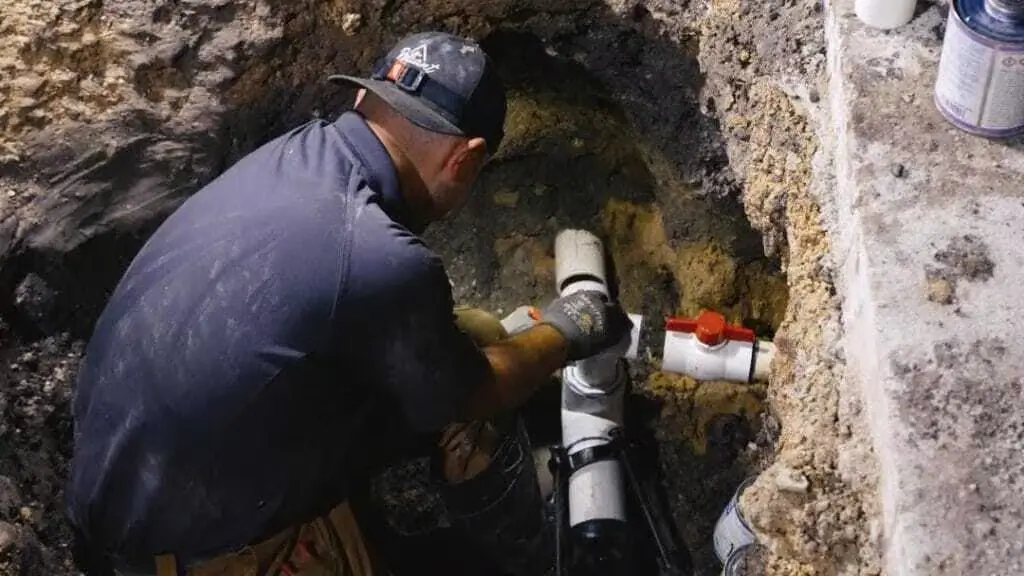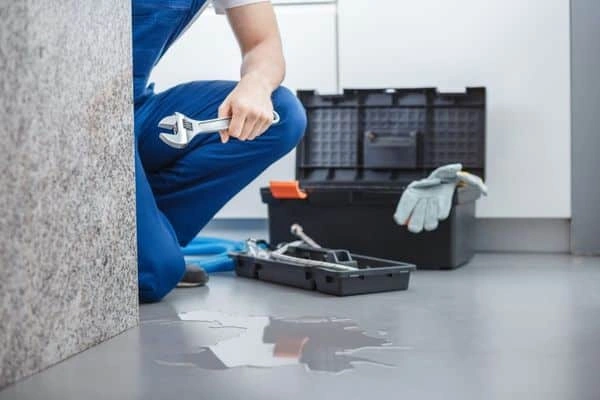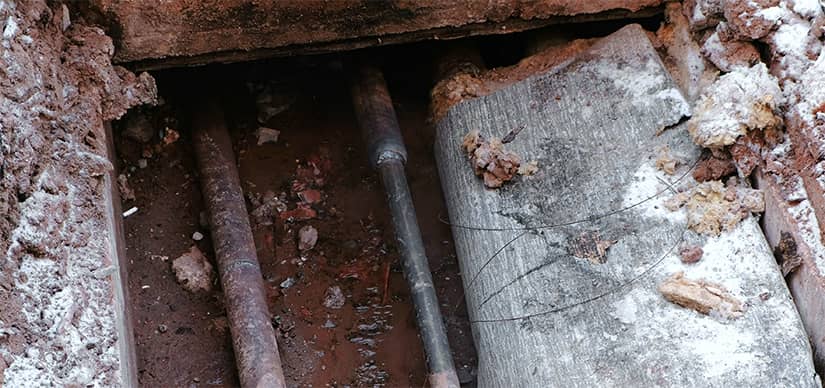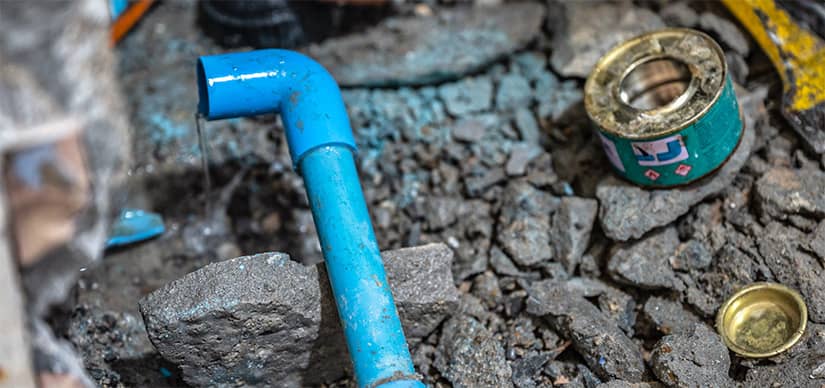Does Insurance Cover Slab Leak Repairs? (Homeowners Questions Answered)
A hot patch of floor. A water bill that doesn’t make any sense. Hairline cracks near door frames. These are all classic slab-leak clues, and once you’ve got enough of them to suspect a deeper issue, you’ll have another big question fast: will insurance pay for slab leak repairs and the damage they caused? The answer is “sometimes.” The coverage depends on cause, speed of loss, and your policy language. This guide covers the what, why, and how of foundation leaks and insurance in plain English so you can move fast to protect your home and your pocketbook.
The Quick Answer: What Is Usually Covered for Slab Leaks?
Most standard homeowners policies cover sudden and accidental water damage. This means that if a pressurized line under the slab fails without warning and causes water to damage floors, walls, cabinets, or other finishes, insurers will often pay to repair the damage from that water. Many policies also cover some tear-out and access costs, the demolition needed to reach the broken pipe below the foundation.
What’s usually not covered is the cost of the failed plumbing component itself. In other words, they will help restore your home after the damage, but may not pay to replace that section of pipe or fittings. Your declarations page and policy endorsements spell out the exact split.
What Carriers Look For
Insurers have three main questions when evaluating a slab leak for coverage:
- Was it sudden and accidental? A burst line that floods a room overnight is a good fit. A slow leak that has been oozing into the foundation or behind baseboards for months is usually not.
- Did you mitigate? Once you noticed the problem, did you shut off the water, call a plumber, and start to dry?
- What does the evidence show? Clear photos, meter readings, and a plumber’s cause-of-loss statement make for fast approvals.
Coverage Buckets to Know for Slab Leaks
Here’s a breakdown of the main coverage types you may have. Some policies split slab leak repair into plumbing repair, tear-out/access, and resulting damage. Others will only cover all or nothing, depending on language.
Resulting Water Damage: Repairs to all finishes that got wet from a sudden leak, including flooring, baseboards, drywall, paint, and sometimes built-ins are usually covered. If contamination occurred, mold remediation may be included, up to your policy limit.
Tear-Out and Access: Many policies pay for removing concrete, tile, or wood floors to reach the failed line. Then they’ll pay to patch the slab afterward. This coverage is separate from the cost of the actual plumbing repair.
Plumbing Repair: Replacing the broken pipe or fittings is often considered the homeowner’s responsibility. Unless your policy or an endorsement specifically says plumbing repairs under the slab are covered, you’ll likely need to pay for them. Ask your adjuster if code-required upgrades are covered.
Additional Living Expenses (ALE): If the home is uninhabitable due to dry-out or reconstruction, ALE can cover hotel rooms, meals, laundry, etc. (within your limits). Keep receipts.
Common Exclusions That Trip People Up
Long-term seepage or neglect. A leak that’s been slowly staining concrete or baseboards for months is excluded by many policies.
Wear and tear. Old, corroded lines that finally gave out may also be excluded if the carrier deems the failure was gradual, not sudden.
Earth movement or settlement. Structural movement unrelated to a covered water event is typically not covered.
Pre-existing damage. Evidence that the damaged area was already bad before your policy period may reduce or void coverage.
Endorsements and Add-Ons That Help
- Talk to your agent about these upgrades before you ever need them:
- Foundation or slab endorsement. Adds tear-out/access and rebuild coverage under the concrete.
- Service line coverage. Helps pay for underground piping from the house to the street.
- Sewer or drain backup endorsement. Critical if you have tree-root or municipal sewer-risk factors.
- Mold or fungi endorsement. Raises otherwise low mold limits after a water loss.
Steps to File a Strong Slab Leak Insurance Claim
Step 1: Stop the water and stay safe: Shut the main valve. If water reached outlets, appliances, or the water heater, turn off power to hat circuit. This is mitigation and it matters.
Step 2: Call a licensed plumber. Ask them to do leak detection and give you a written cause-of-loss statement. Request photos, video, and meter readings. These documents are your claim backbone.
Step 3: Start professional dry-out. Get a restoration crew to extract water, set air movers and dehumidifiers, and take daily moisture logs your adjuster will expect.
Step 4: Notify your insurer. Open a claim and share the plumber’s notes, photos, and initial invoices. Ask about your deductible, ALE, and tear-out/access coverage.
Step 5: Get line-item estimates. Separate plumbing repair from tear-out/access and resulting damage so the adjuster can approve each piece correctly.
Step 6: Meet the adjuster. If possible, have the plumber present for the walkthrough. They answer technical questions and help line up scope and pricing.
How a Plumber Strengthens Your Insurance Claim
- Clear diagnosis. “Hot-water copper supply line ruptured under kitchen slab” is the kind of specificity adjusters need.
- Photo and meter documentation. Proves where water traveled and why drying/restoration is needed.
- Tear-out plan. Shows least destructive access route under your finishes.
- Code and permit guidance. Explains required upgrades and inspections to prevent future failures.
- Coordination with restoration. Keeps scopes clean and avoids duplicate charges.
Tips to Prevent Denials and Delays
- Document from minute one. Photos and short videos before demo, during tear-out, and after dry-out.
- Save damaged parts. The adjuster may want to see the failed pipe or fittings.
- Don’t wait. Fast mitigation prevents mold and shows you acted responsibly.
- Keep invoices separate. Plumbing repair vs. tear-out vs. restoration.
- Read your policy. Know your limits, endorsements, and exclusions now, not later.
Ready for Fast Help? Call All Star Plumbing
Insurance can cover much of the cost from a sudden slab leak, but only if you act quickly and document everything. Shut off the main water, call a licensed plumber for leak detection and a written cause of loss, start professional dry out, and notify your insurer with clear photos, moisture readings, and line item estimates.
If you want one team to handle both the repair and the paperwork, contact All Star Plumbing for expert slab leak repair and full insurance claim documentation. We find and fix the break, capture the proof your adjuster needs, and help move your claim forward so your home gets back to normal sooner.


